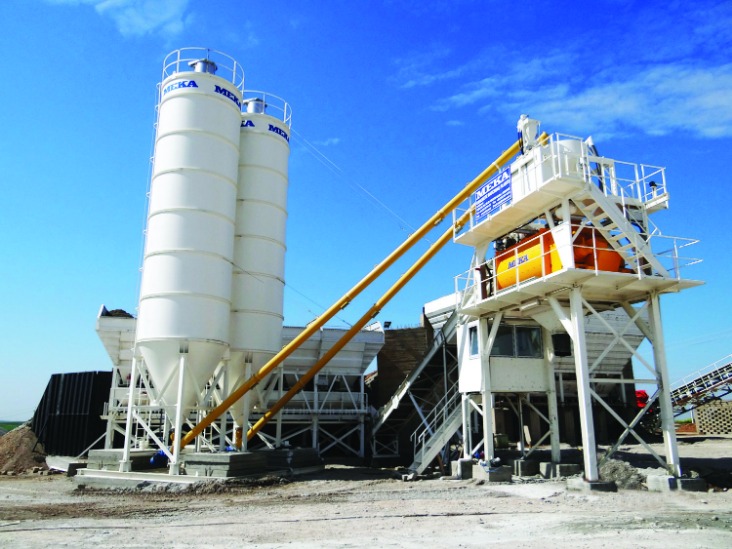In today’s world, understanding what lies beneath the ground has become crucial for various industries. This has led to the development of advanced technologies such as Ground Penetrating Radar (GPR), Utility Locating, Concrete Scanning, Concrete X-ray, Rebar Locating, and Electrical Locating. Each of these technologies offers unique advantages and applications that significantly enhance the way we approach subsurface exploration.
Ground Penetrating Radar (GPR)
Ground Penetrating Radar (GPR) is a non-invasive method that uses electromagnetic waves to detect underground structures. It plays a vital role in Utility Locating, identifying buried pipes, cables, and other obstacles. By providing real-time data, GPR enhances safety and efficiency in construction and excavation projects.
Advantages of GPR
One of the primary benefits of Ground Penetrating Radar (GPR) is its ability to provide detailed images of the subsurface without causing any damage. This makes it an ideal choice for projects where maintaining the integrity of underground utilities is critical.
Utility Locating
Utility Locating refers to the process of identifying and mapping underground utilities such as water, gas, and electrical lines. Utilizing advanced tools like GPR, utility locating ensures that underground infrastructure is accurately identified, reducing the risk of damage during excavation and construction.
Importance in Construction
The significance of Utility Locating in construction cannot be overstated. It enhances worker safety, prevents costly repairs, and ensures compliance with regulations, making it a fundamental step in any project involving ground disturbance.
Read more about Concrete Scanning here.
Concrete Scanning and Concrete X-ray
Concrete Scanning and Concrete X-ray are essential techniques for examining the interior of concrete structures. Concrete Scanning employs GPR to detect voids, embedded objects, and inconsistencies, while Concrete X-ray provides high-resolution images by using radiation to penetrate the concrete.
Comparing Techniques
Both Concrete Scanning and Concrete X-ray offer valuable insights, but they serve different purposes. Concrete Scanning is useful for a quick evaluation and is non-destructive, whereas Concrete X-ray is more detailed and suited for critical assessments, albeit involving more safety precautions due to radiation exposure.
Rebar and Electrical Locating
Rebar Locating and Electrical Locating are specialized aspects of Utility Locating. Rebar Locating identifies the position of reinforcing bars within concrete, crucial for remodeling and demolishing structures. Electrical Locating ensures that buried electrical cables are accurately mapped, preventing accidental contact and ensuring safe digging practices.
Technological Integration
The integration of these techniques with GPR and other advanced technologies streamlines the process of subsurface exploration. It offers a comprehensive solution for diverse applications, from construction to utility maintenance and archaeological digs.
Conclusion
Innovative technologies like Ground Penetrating Radar (GPR), Utility Locating, Concrete Scanning, Concrete X-ray, Rebar Locating, and Electrical Locating are transforming the way we explore and utilize the subsurface. By leveraging these methods, industries can ensure safer, more efficient, and more precise projects, ultimately contributing to sustainable development and infrastructure resilience.


